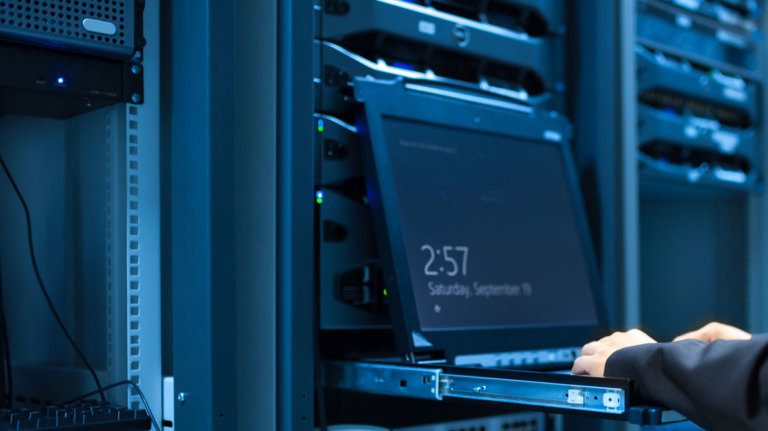Networks
Proactive Network Maintenance (PNM): Smarter Technology for Smarter Maintenance

We have always wanted more information about our world: Where is our next meal coming from; what’s the weather like; are my kids OK; did my team win? Past information delivery systems, such as the telegraph, the telephone, and broadcast television, have all been supplemented with the Internet. At a basic level, the Internet exists, in large part, to satisfy our appetite for information.
As Internet providers we need to keep that in mind, and determine when our service is not getting the job done. The term proactive network maintenance (PNM) describes the activities that assure the job of providing information is getting done – hopefully, before the customer becomes aware of any problem.
In the cable space the networks are diverse, expansive and non-obvious. I once heard someone state that anytime a subscriber complained, his company rushed to get a technician out to the house right away. Ouch! Without a network maintenance system, it’s a guessing-game where in the network the fault occurred. Chances are the wrong technician went to a wrong location with a wrong set of skills and wrong tools, and failed to get the repair job done. This is trouble for everybody (except maybe your competition). There will be a call-back, the subscriber is going to be dissatisfied, the technician is going to be judged as a failure by his supervisor, and the network fault continues to cause even more problems with other subscribers.
Cable services are delivered by systems, such as the video system, the DOCSIS system, and the IP phone system. Video systems are somewhat difficult to mine for data because of their proprietary nature, many generations of legacy STBs with differing capabilities, and bandwidth-limited data channels, called Out Of Band (OOB). But there are some good opportunities here.

For example, if a customer is watching a digital TV channel, and the box determines there are uncorrected code blocks, it “knows” that the customer is watching an impaired picture. A higher code block error rate means a worse picture. The customer should not have to get up and make a phone call when a connected box can do that automatically.
The DOCSIS system, on the other hand, has a pretty good set of handles to determine what is going on in the network. Most of the assurance traffic uses SNMP (simple network management protocol) and a fat pipe to relay all that data. Generally the assurance process starts with a lie: The operator asks what the cable modem’s health is, but the cable modem is usually fine – it’s the network that may be sick. And a sick network can affect many cable modems.
CableLabs has a proactive network maintenance effort that is developing systems to report if the network is getting the job done. The effort focuses on developing methods and tools around the existing data, developing new sources of data, and transferring information to member cable operators.
Proactive network maintenance results in faster and more accurate diagnosis of problems, faster repairs, happier customers and lower costs for cable operators.
You can find out more here.
Tom Williams is Principle Architect with the Network Technologies group at CableLabs. Tom’s main interest is in the physical layer of cable networks, and he enjoys digital signal processing (DSP), RF network design, and testing. He has been a cable engineer for 34 years.

